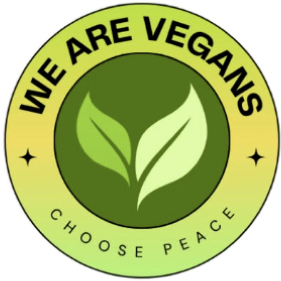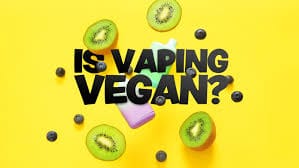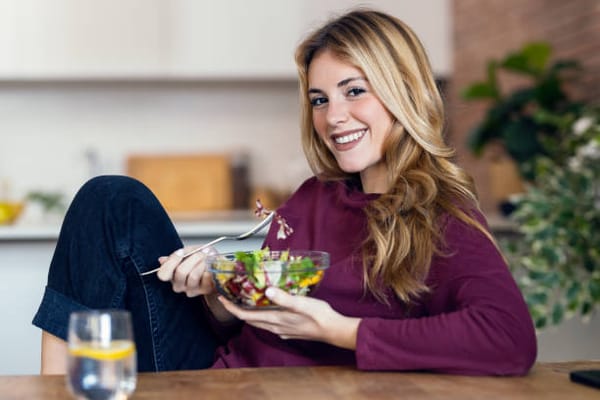No Animals, No Whey? No Worries. Here’s How Plants Will Swole You Up

Getting enough protein is a common concern when switching to a vegan diet. Protein is an important nutrient for immune function, tissue growth and repair, and enzyme production. While many diets include meat, dairy, and eggs as main protein sources, there are numerous plant-based options that can meet your protein needs without compromising on flavor or variety. Here are some tips for getting enough protein on a vegan diet while enjoying tasty meals.
1. Include a Variety of Protein-Rich Plant Foods
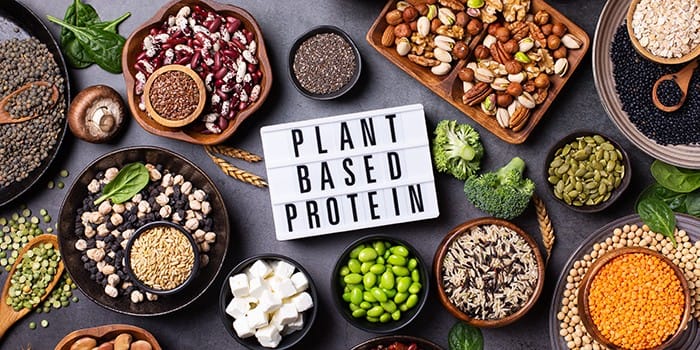
The key to sufficient protein on a vegan diet is variety. Unlike animal products, most plant-based protein sources are incomplete proteins, meaning they lack some of the nine essential amino acids. However, by eating a mix of different plant foods, you can ensure you get all the amino acids your body requires.
Some of the best protein-rich plant foods include:
- **Legumes**: Beans, lentils, chickpeas, and peas are great sources of protein and fiber. Use them in soups, stews, salads, or even make vegan burgers.
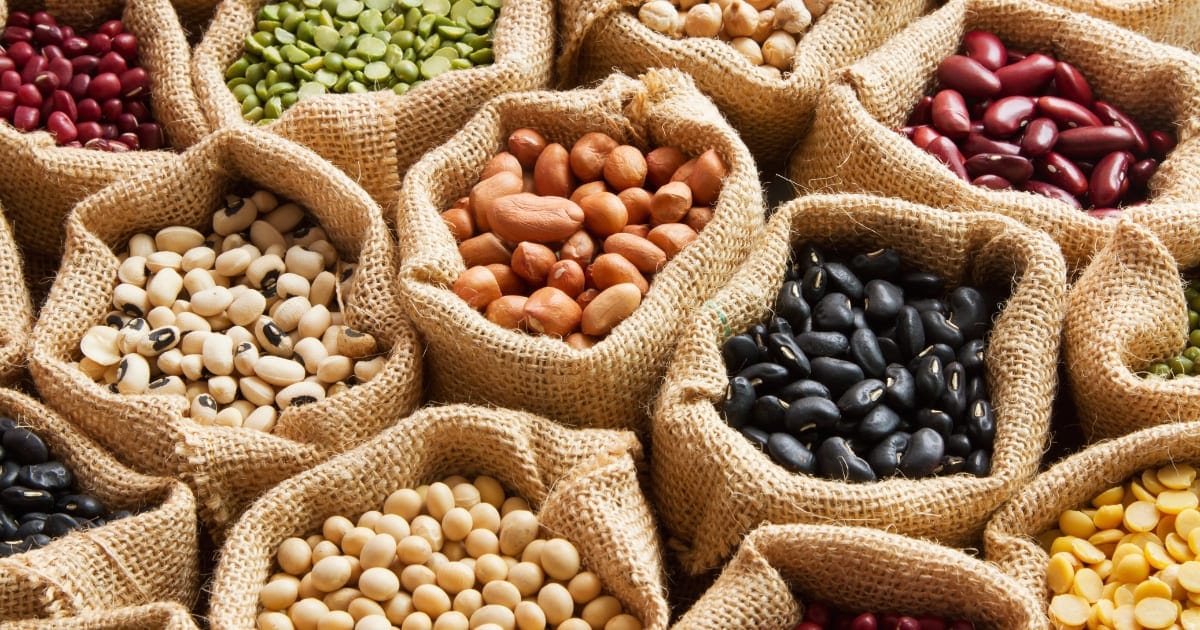
- **Tofu and Tempeh**: Both tofu and tempeh come from soybeans and are high in protein. Tofu is versatile and can be used in dishes like stir-fries and smoothies, while tempeh works well for grilling, sandwiches, and salads.
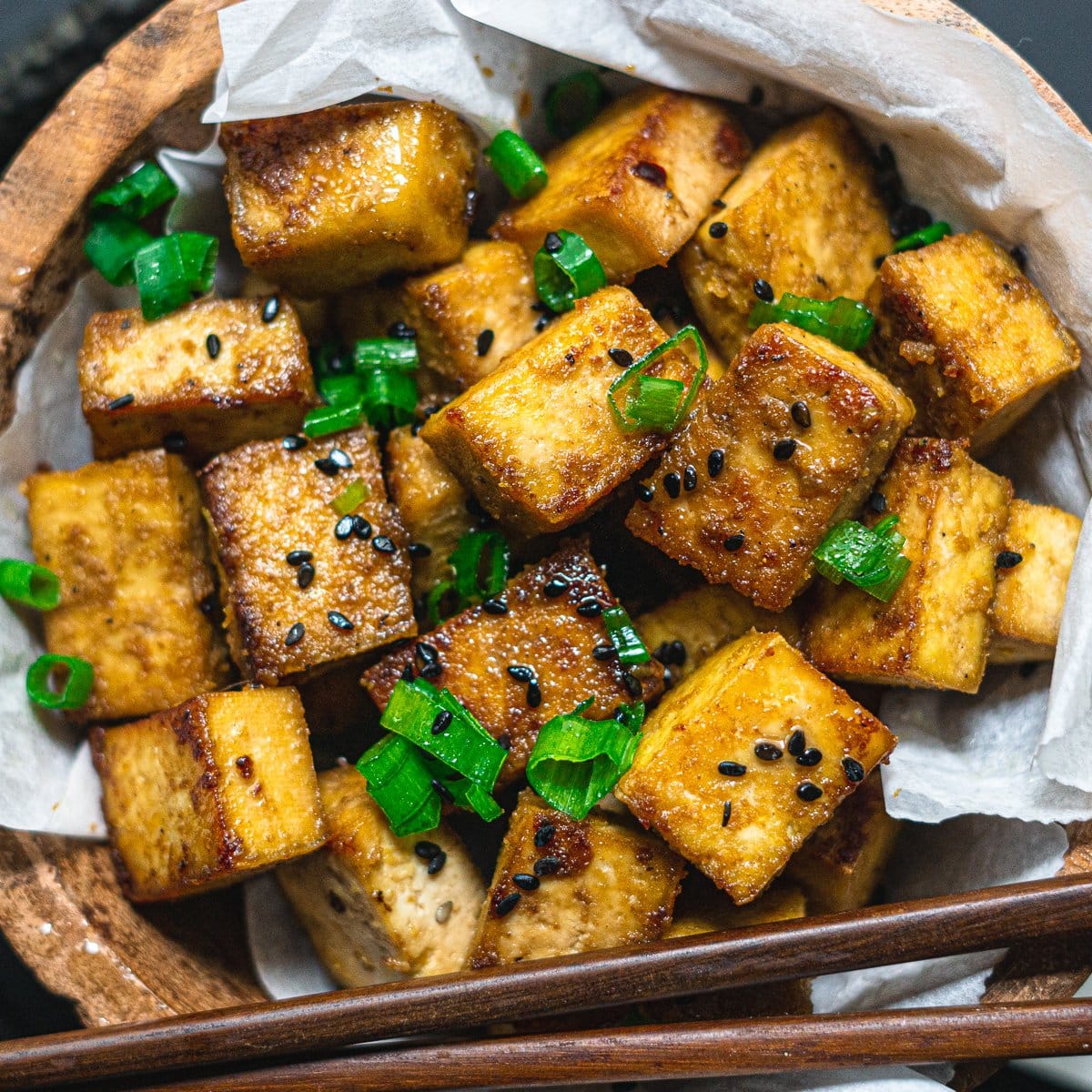
- **Quinoa**: Quinoa is a complete protein, meaning it has all nine essential amino acids. It's a wonderful alternative to rice and can be part of bowls, salads, or veggie dishes.
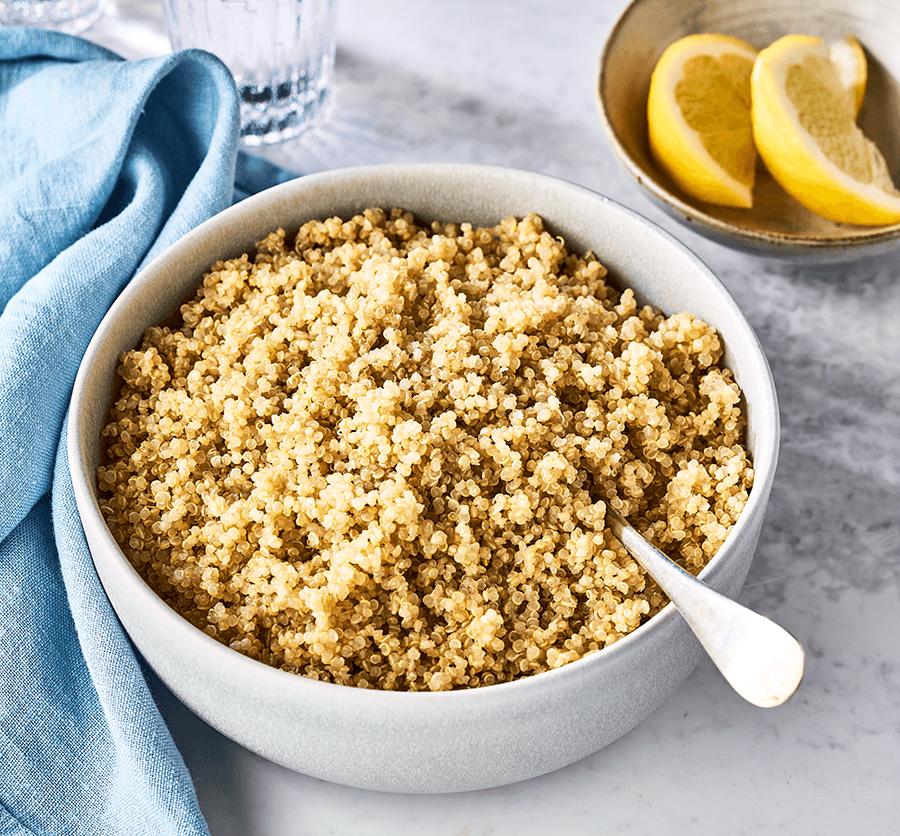
- **Nuts and Seeds**: Almonds, peanuts, chia seeds, hemp seeds, and pumpkin seeds are all high in protein and healthy fats. They make excellent snacks or toppings for smoothies and oatmeal.
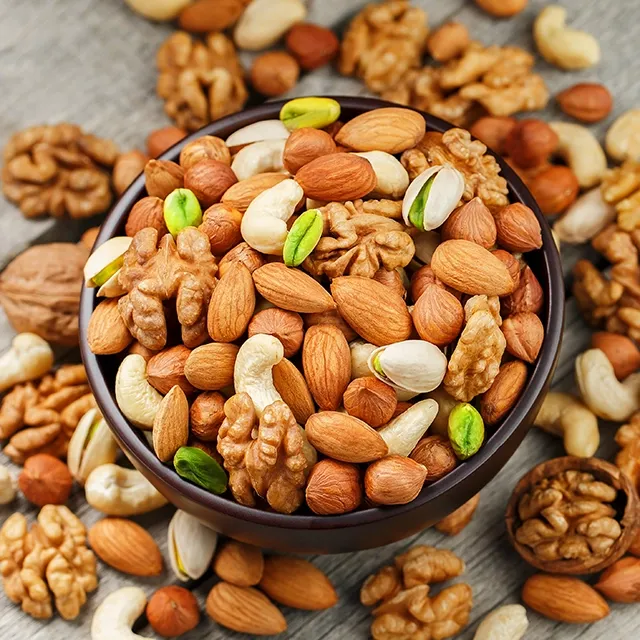
By adding these foods to your meals, you can easily meet your daily protein requirements while enjoying different flavors and textures.
2. Protein-Rich Plant-Based Alternatives
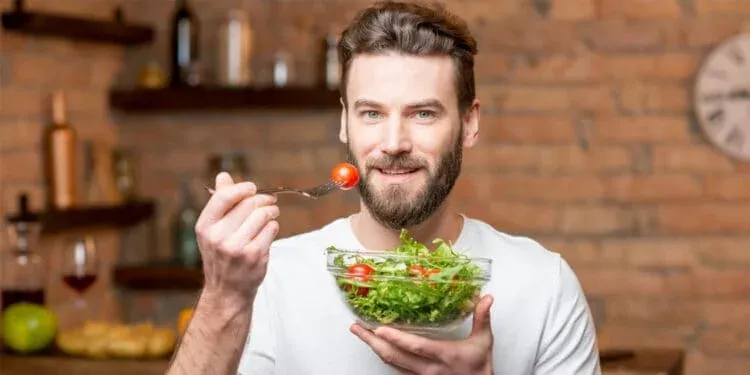
In addition to whole foods, there are plenty of vegan protein supplements and alternatives available. These can help you meet your protein needs, especially if you are an athlete or have higher protein demands.
- **Vegan Protein Powder**: Made from pea, rice, hemp, or soy protein, vegan protein powders can be an easy way to increase your protein intake. Add them to smoothies, oatmeal, or baked goods.
- **Vegan Meat Substitutes**: Many vegan meat products, such as tempeh bacon, seitan (wheat gluten), and plant-based sausages, burgers, and deli slices, are rich in protein. These are designed to mimic the texture and taste of meat while providing a healthy, protein-rich alternative.
3. Don’t Forget About Whole Grains

Whole grains are another great source of plant-based protein. While grains like rice and oats are often seen as carbohydrate-heavy, they also provide a decent amount of protein. Including whole grains in your meals helps ensure you get balanced nutrition.
- **Oats**: Oats are loaded with protein, fiber, and healthy fats. Oatmeal, overnight oats, and oat-based smoothies are fantastic ways to add oats to your diet.
- **Brown Rice**: Brown rice and other whole grains like barley, farro, and bulgur contain a good amount of protein and are high in fiber and micronutrients.
- **Buckwheat**: Buckwheat, often used in gluten-free recipes, is a complete protein source and a great substitute for rice or pasta.
By incorporating a range of whole grains into your meals, you can increase your protein intake while also benefiting from extra nutrients like fiber, B vitamins, and antioxidants.
4. Protein-Rich Vegetables and Fruits

Although fruits and vegetables usually aren’t as high in protein as beans or tofu, some are surprisingly rich in protein. Including these in your meals can boost your protein intake.
- **Spinach and Kale**: These dark leafy greens are good sources of protein, iron, and calcium. Add them to salads, smoothies, or cook them in soups and stews.
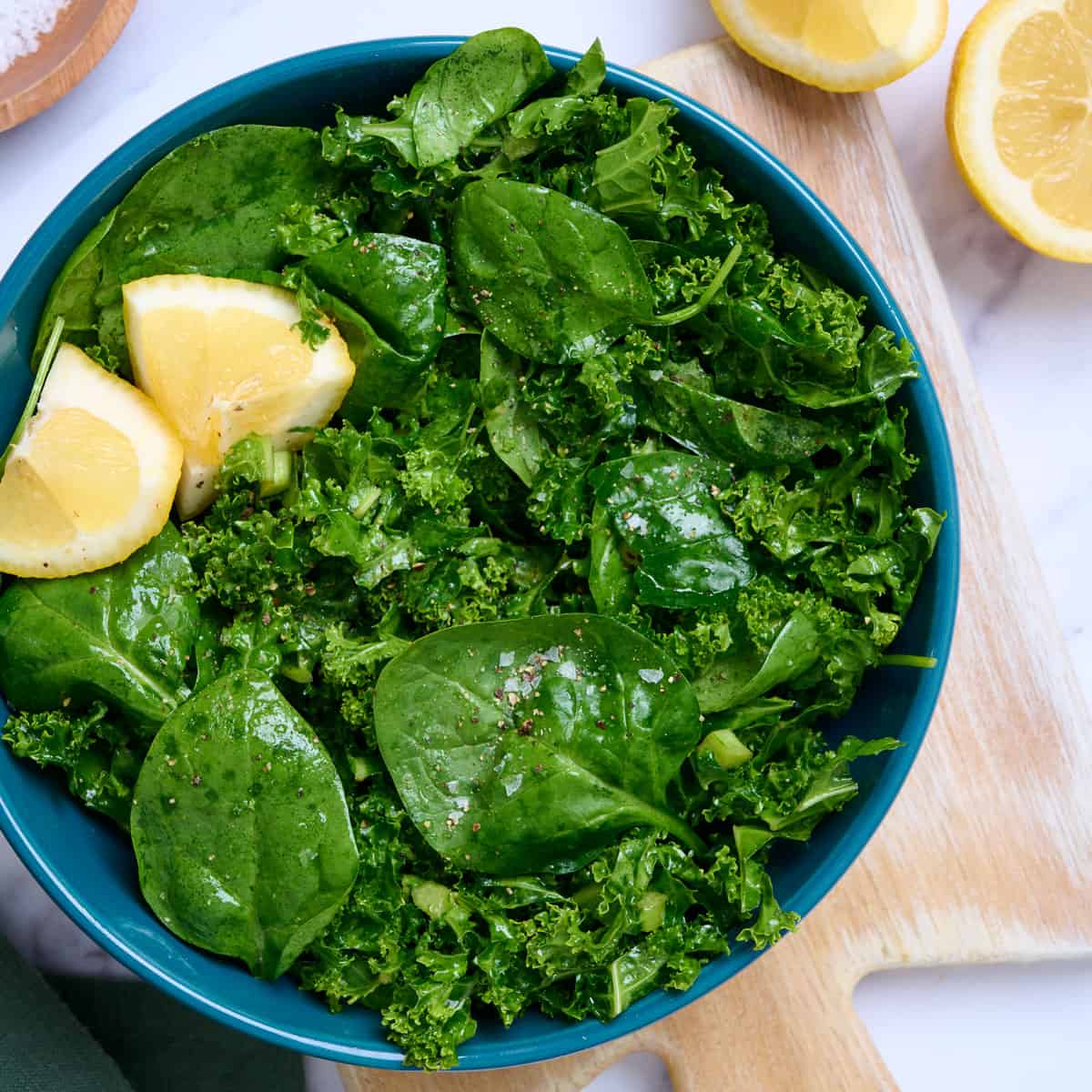
- **Broccoli and Brussels Sprouts**: These cruciferous vegetables are high in protein and fiber. They work well in stir-fries, casseroles, and salads.
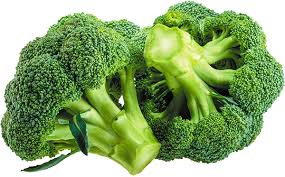
- **Avocados**: While avocados alone aren’t high in protein, they contain healthy fats that enhance your protein sources and help you feel full longer.
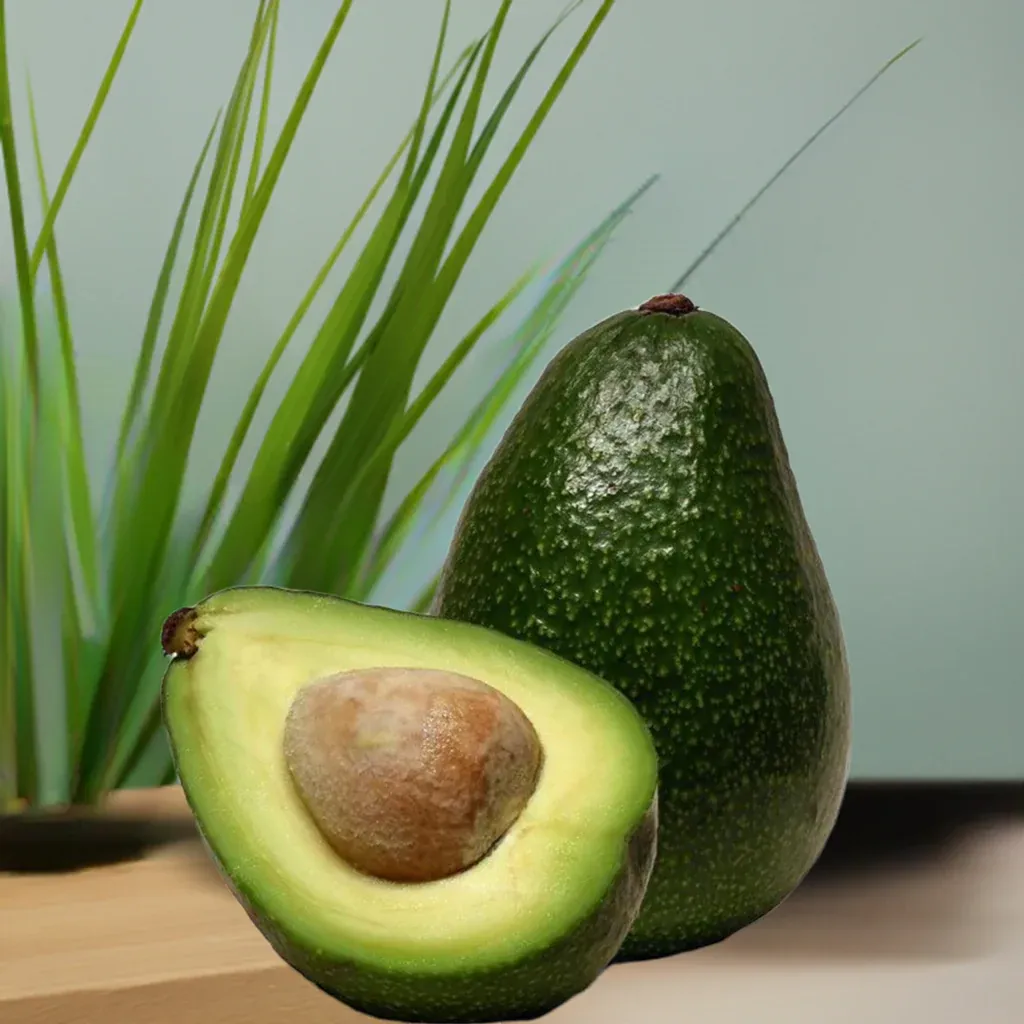
Fruits like guava, blackberries, and oranges also have small amounts of protein and are packed with other important vitamins and minerals, so include them in your balanced diet.
5. Protein-Rich Snacks
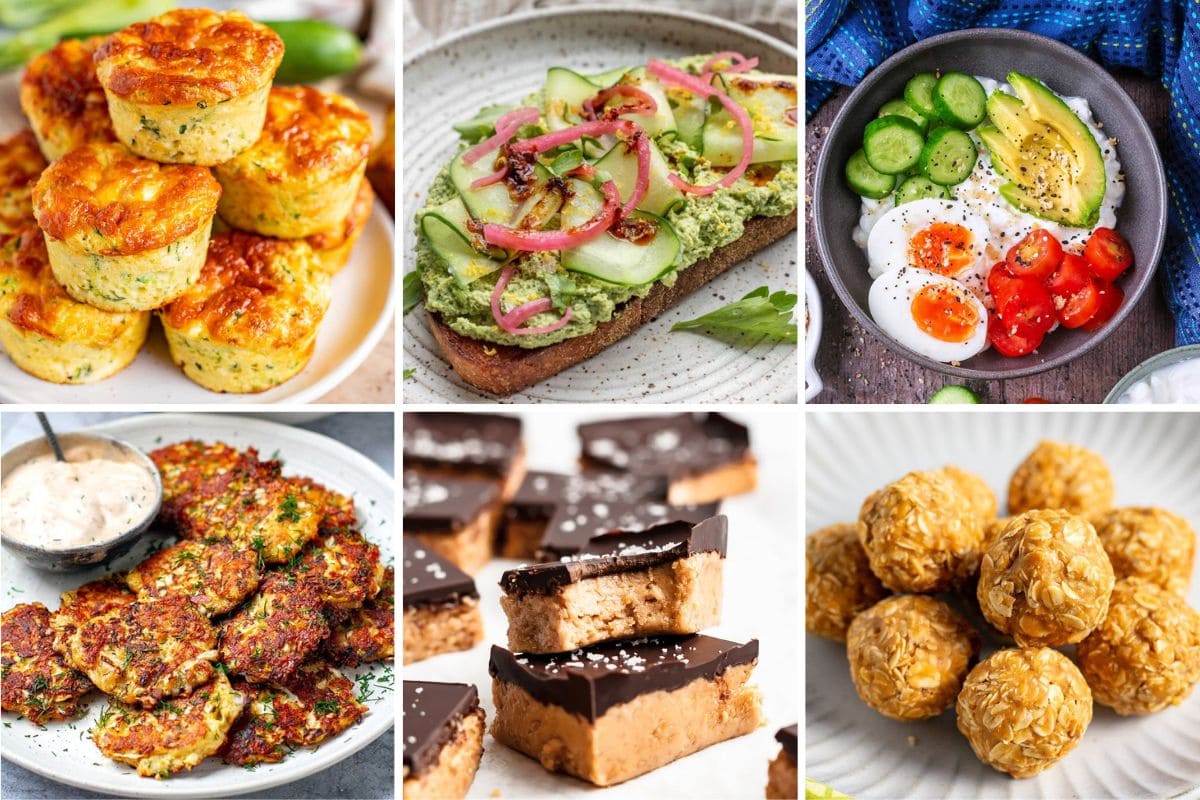
If you find it hard to reach your protein goals during meals, consider adding protein-rich snacks to your day. Snacks help keep your energy up and make sure you get enough protein.
- **Hummus with Veggies**: Hummus is made from chickpeas, which are high in protein. Pair it with veggies like carrots, cucumbers, and bell peppers for a nutritious snack.
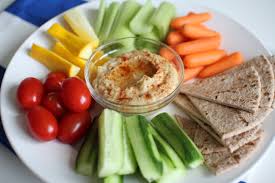
- **Nuts and Nut Butters**: Almonds, peanuts, and cashews, along with their respective nut butters, are full of protein and healthy fats. They make excellent snacks or can be added to smoothies, oatmeal, or baked goods.
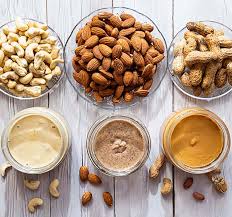
- **Roasted Chickpeas**: Crunchy roasted chickpeas make for a tasty, high-protein snack that’s simple to prepare at home or buy pre-packaged.
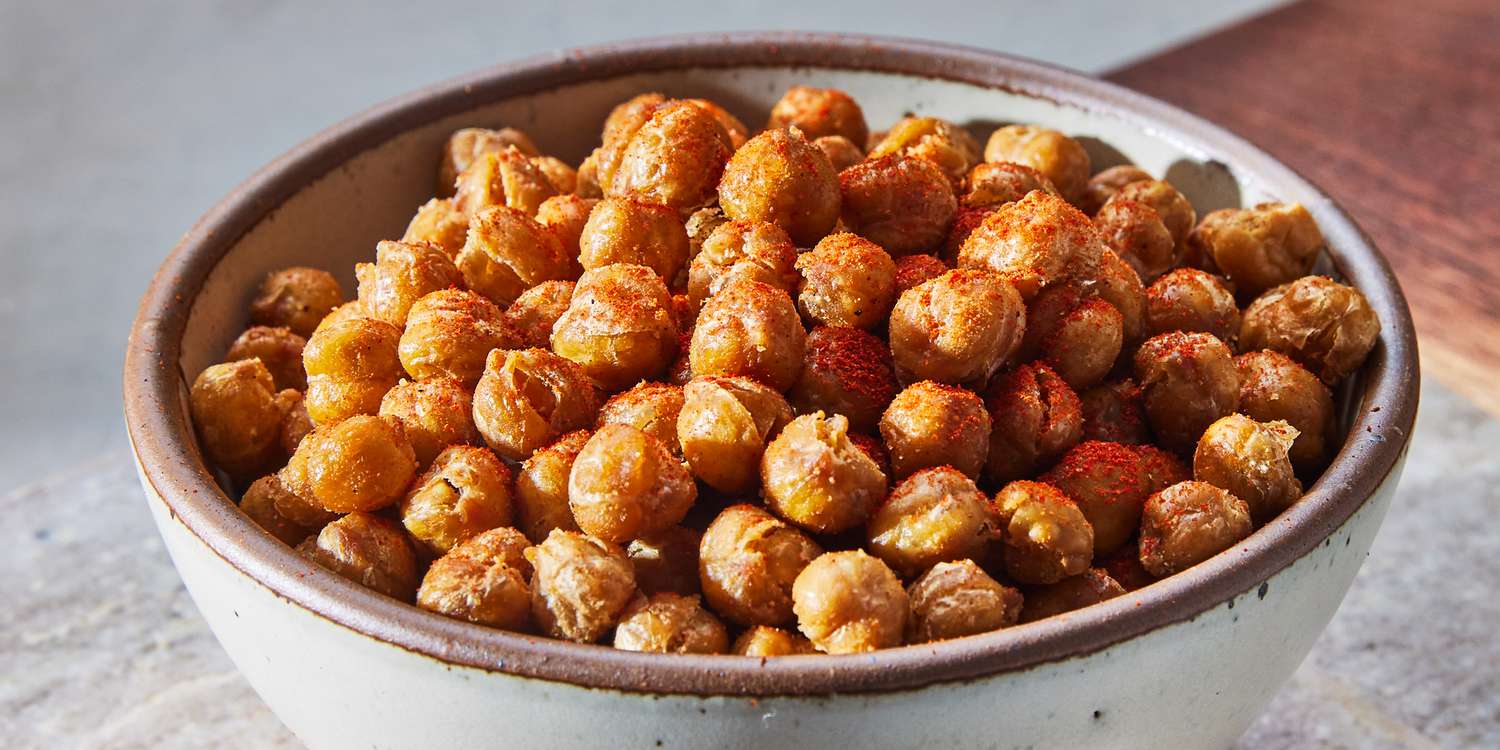
6. Stay Consistent with Your Protein Intake
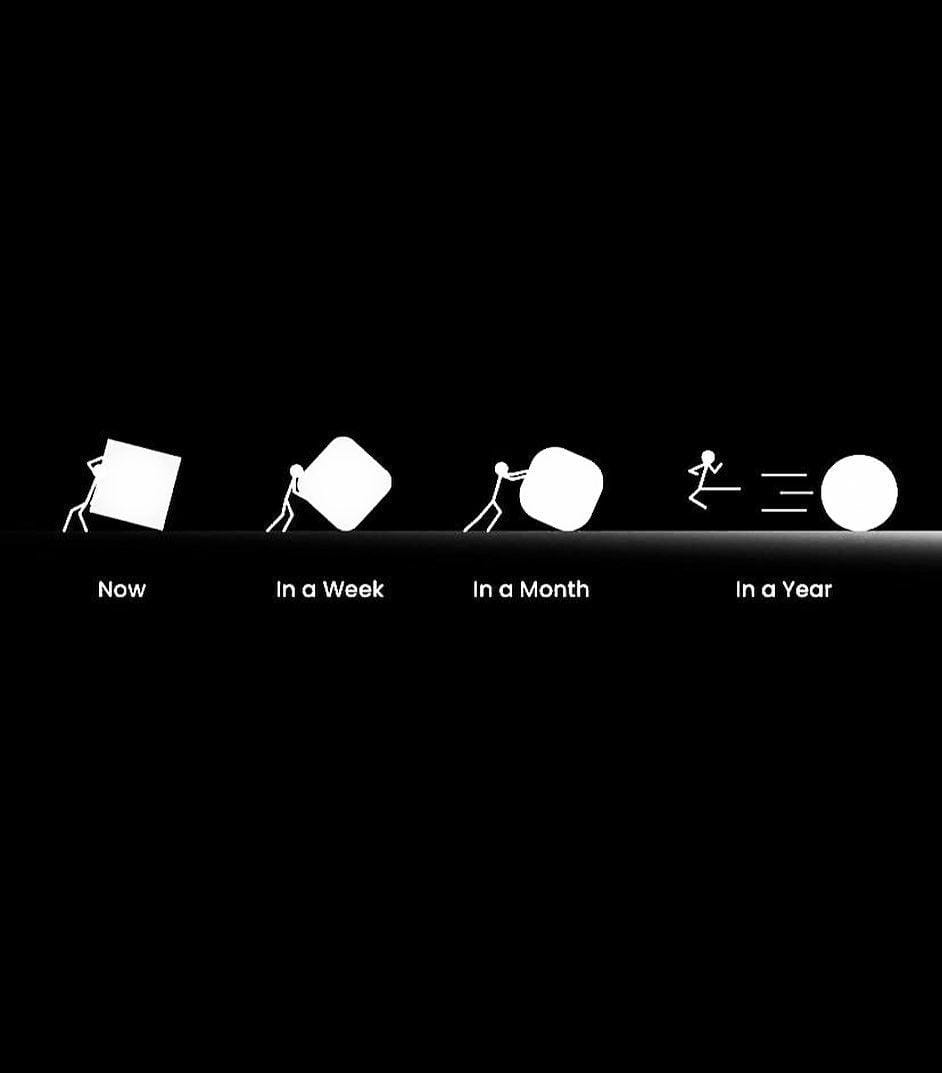
It’s important to eat a variety of protein-rich foods throughout the day to meet your needs. You don’t have to depend on one type of protein; instead, aim for a varied diet with different protein-rich meals and snacks.
Conclusion: Getting Enough Protein Is Easy on a Vegan Diet
With the right foods and some planning, it’s easy to meet your protein needs on a vegan diet. By including a variety of plant-based protein sources like legumes, tofu, quinoa, whole grains, and nuts, you can enjoy a balanced and nutritious diet that remains flavorful and satisfying. Whether you’re an athlete, a busy professional, or just seeking a healthier lifestyle, vegan protein options are plentiful. They offer the same benefits as animal-based sources without the environmental and ethical concerns. So, there’s no need to worry about protein—on a vegan diet, you can get plenty of it while savoring delicious and varied meals!
